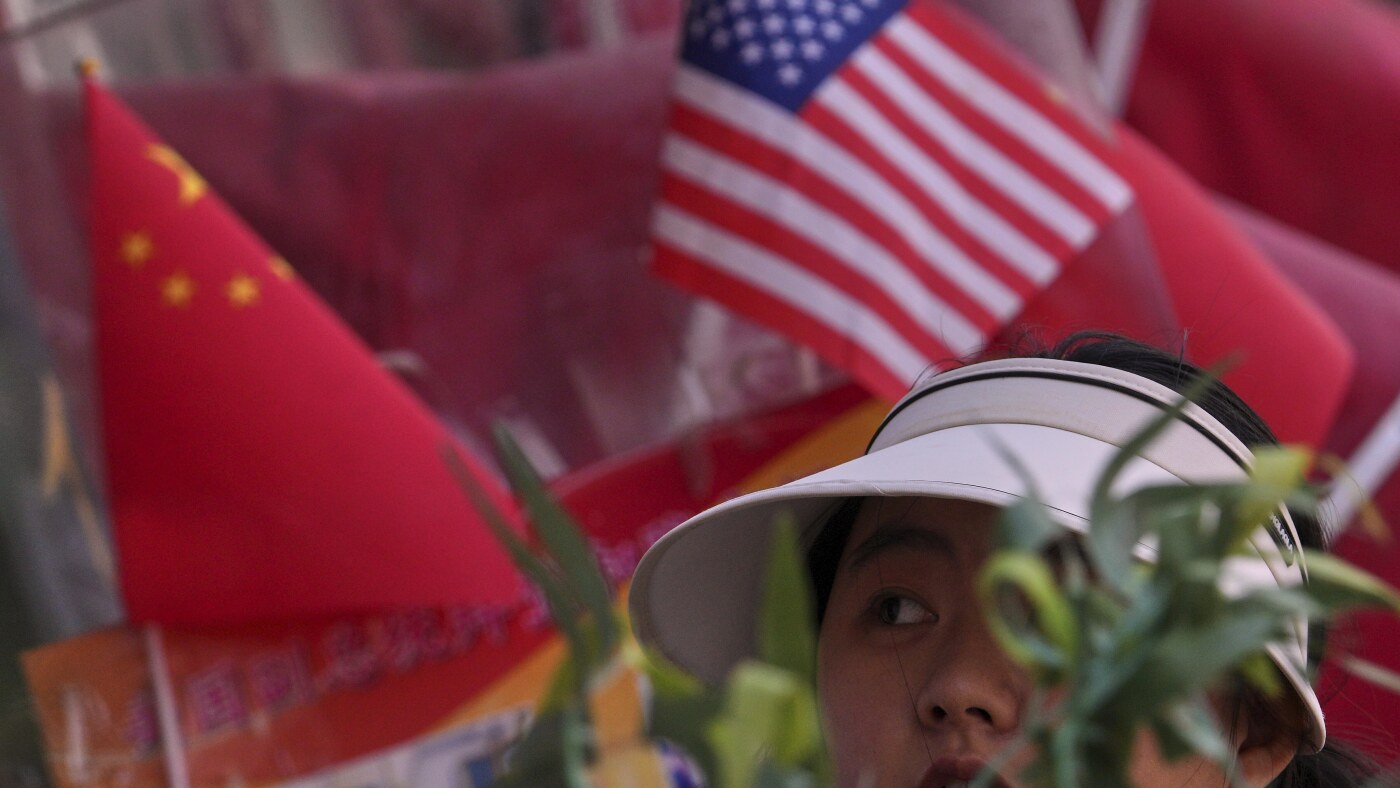“`markdown
The ripple effects of the Trump-era trade war continue to shape economic landscapes, revealing a complex interplay of domestic strain and global recalibration. What began as a strategy to protect American industries evolved into a high-stakes economic chess match, with households and markets worldwide feeling the consequences. Here’s how the tariff wars unfolded—and what they reveal about the fragile interdependence of modern economies.
The Household Squeeze: Tariffs as a Hidden Tax
When tariffs on Chinese goods escalated under the Trump administration, few anticipated the trickle-down cost to everyday Americans. Research indicates these measures effectively imposed an annual $1,300 stealth tax per U.S. household by 2025. This wasn’t just abstract economics; it translated to pricier electronics, pricier appliances, and pricier everyday essentials.
The mechanism was straightforward: tariffs raised import costs, which businesses passed to consumers. With wages stagnating, this eroded purchasing power, creating a drag on the consumer-driven U.S. economy. The inflationary pressure also complicated the Federal Reserve’s balancing act, forcing tough choices between controlling prices and stimulating growth.
Global Dominoes: When Giants Collide
As the world’s two largest economies clashed, the shockwaves spread far beyond their borders. Supply chains—already finely tuned instruments of efficiency—faced unprecedented disruption. Countries like Germany, reliant on Chinese demand for industrial machinery, saw exports slump. Southeast Asian manufacturers scrambled to adapt as companies rerouted production to avoid tariffs.
The volatility exposed a harsh truth: in a globalized economy, no nation is an island. Stock markets gyrated with each tweet about trade negotiations, while commodity prices swung based on perceived risks to Chinese demand. The IMF repeatedly downgraded global growth forecasts, citing the trade war as a key uncertainty.
A Temporary Thaw: The 90-Day Experiment
The first significant de-escalation came with a 90-day tariff truce. The U.S. slashed rates on $112 billion of Chinese imports from 15% to 7.5%, while China reciprocated by halving tariffs on American autos and auto parts. This wasn’t charity—it was cold calculation. Both sides needed breathing room.
For the U.S., the pause alleviated pressure on farmers and retailers ahead of an election year. For China, it bought time to stabilize an economy grappling with a property crisis and slowing growth. Markets celebrated the détente, but seasoned observers noted the deal lacked substance on core issues like intellectual property or subsidies to state-owned enterprises.
Behind the Scenes: The Real Negotiation Battleground
The public tariff skirmishes masked a deeper conflict over economic ideology. The U.S. demanded structural reforms: an end to forced technology transfers, better IP protections, and reduced industrial subsidies. China framed these demands as sovereignty violations, countering that development policies were non-negotiable.
This philosophical divide made progress elusive. American negotiators pushed for enforceable mechanisms; Chinese officials sought face-saving compromises. The breakthrough, when it came, was narrowly focused—a Phase One deal that increased Chinese purchases of U.S. goods but sidestepped thornier issues.
Stimulus vs. Structural Stress
China’s response to the trade war revealed its economic vulnerabilities. While stimulus measures propped up short-term growth, they couldn’t mask underlying weaknesses. The property sector, accounting for 25-30% of GDP, entered a prolonged slump. Local government debt ballooned. Exporters faced a double whammy: U.S. tariffs and weakening global demand.
Yet the crisis also accelerated China’s pivot toward self-sufficiency. Semiconductor investments surged, and “dual circulation” became the new mantra—reducing reliance on foreign tech while boosting domestic consumption. The trade war, in this light, acted as a catalyst for China’s next-phase economic strategy.
Markets on Edge: The Psychology of Trade Wars
Financial markets became hyper-reactive to trade war developments, illustrating how perception often outweighed reality. A single constructive phone call between negotiators could send indices soaring; a stray comment about “decoupling” triggered selloffs. This volatility underscored how deeply intertwined the two economies had become—and how painful separation would be.
Investors gradually learned to discount the noise, focusing instead on tangible outcomes. The Phase One deal’s agricultural purchase targets, for instance, provided measurable benchmarks. But the bigger lesson was clear: in trade wars, uncertainty itself is a cost.
The Long Game: Strategic Shifts Endure
Beyond the headlines, the trade war accelerated trends that will outlast any administration. Supply chain diversification gained momentum, with companies adopting “China+1” strategies. National security concerns reshaped trade policy, particularly in tech sectors like 5G and AI.
The U.S. rediscovered industrial policy, using tariffs as leverage to revive domestic manufacturing. China doubled down on indigenous innovation, aiming for semiconductor self-sufficiency by 2030. These shifts suggest the trade war’s most lasting impact may be the unwinding of three decades of hyper-globalization.
Conclusion: The New Normal of Economic Rivalry
The Trump trade war didn’t end with a bang but with a recalibration. It revealed that outright decoupling is economically ruinous but also that unfettered interdependence carries risks. The resulting model—call it “managed competition”—will likely define U.S.-China relations for decades.
Future negotiations will grapple with questions no tariff can resolve: How to compete without destabilizing the global system? How to protect national interests without triggering reciprocal retaliation? The answers will require nuance absent from the initial trade war salvos—and a recognition that economic conflicts, like wars, are easier to start than to end.
“`











